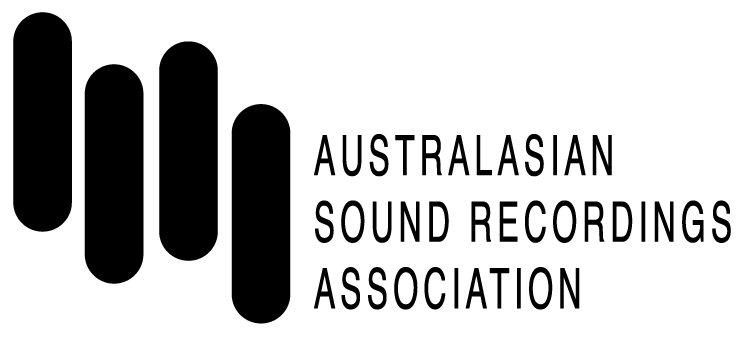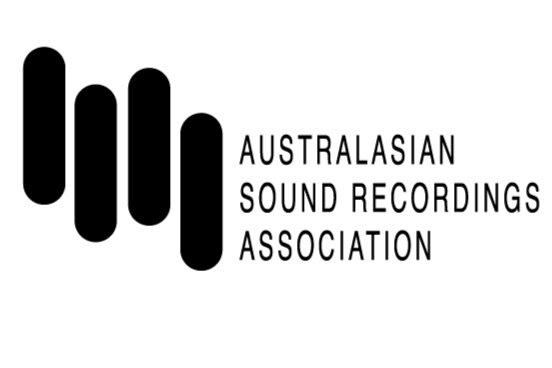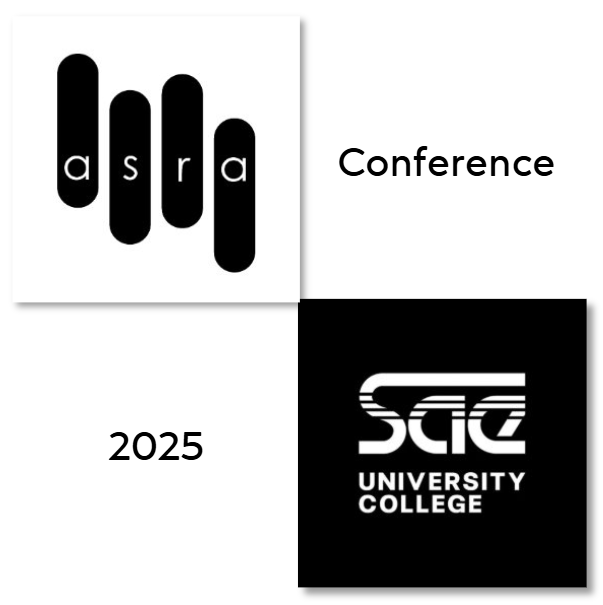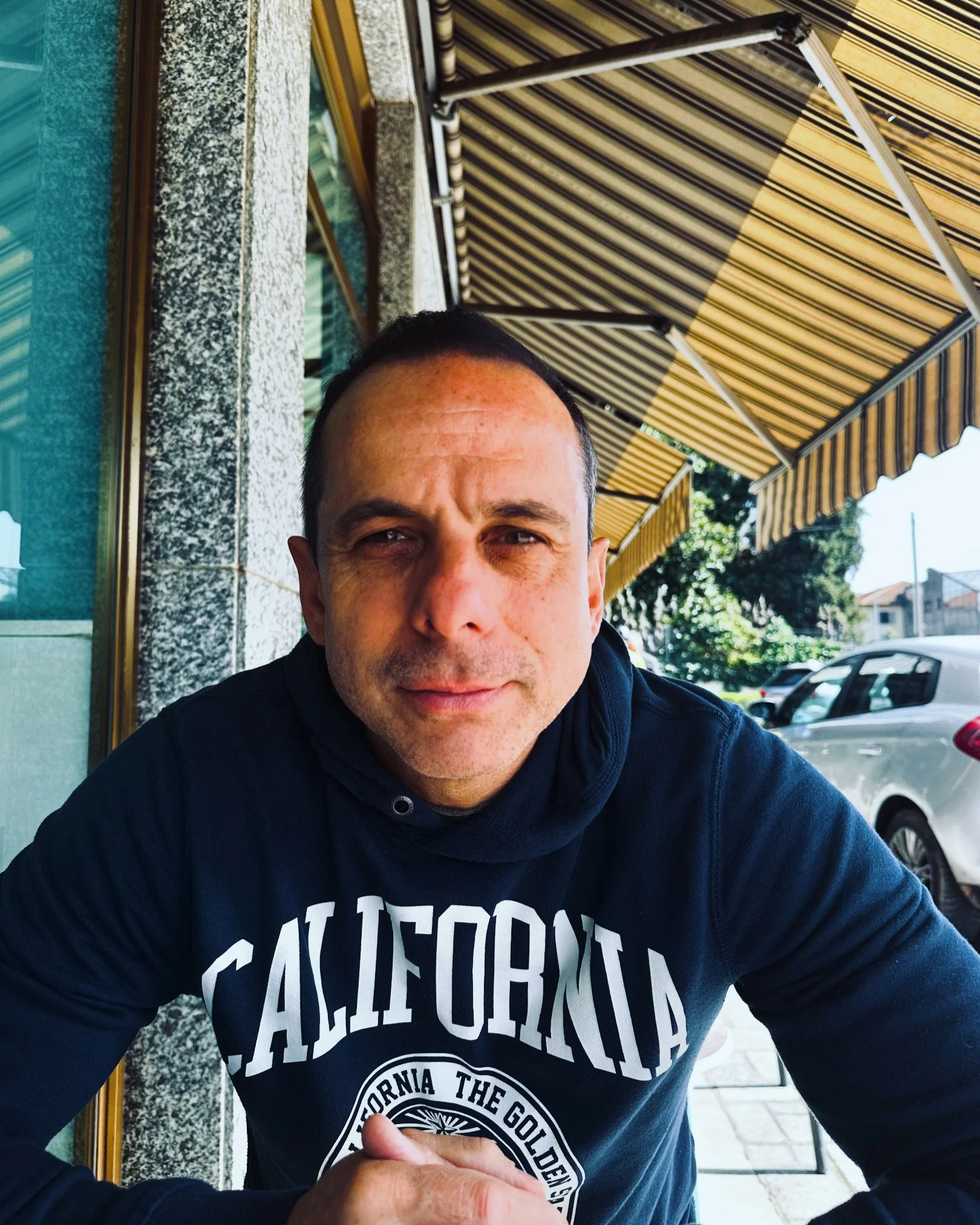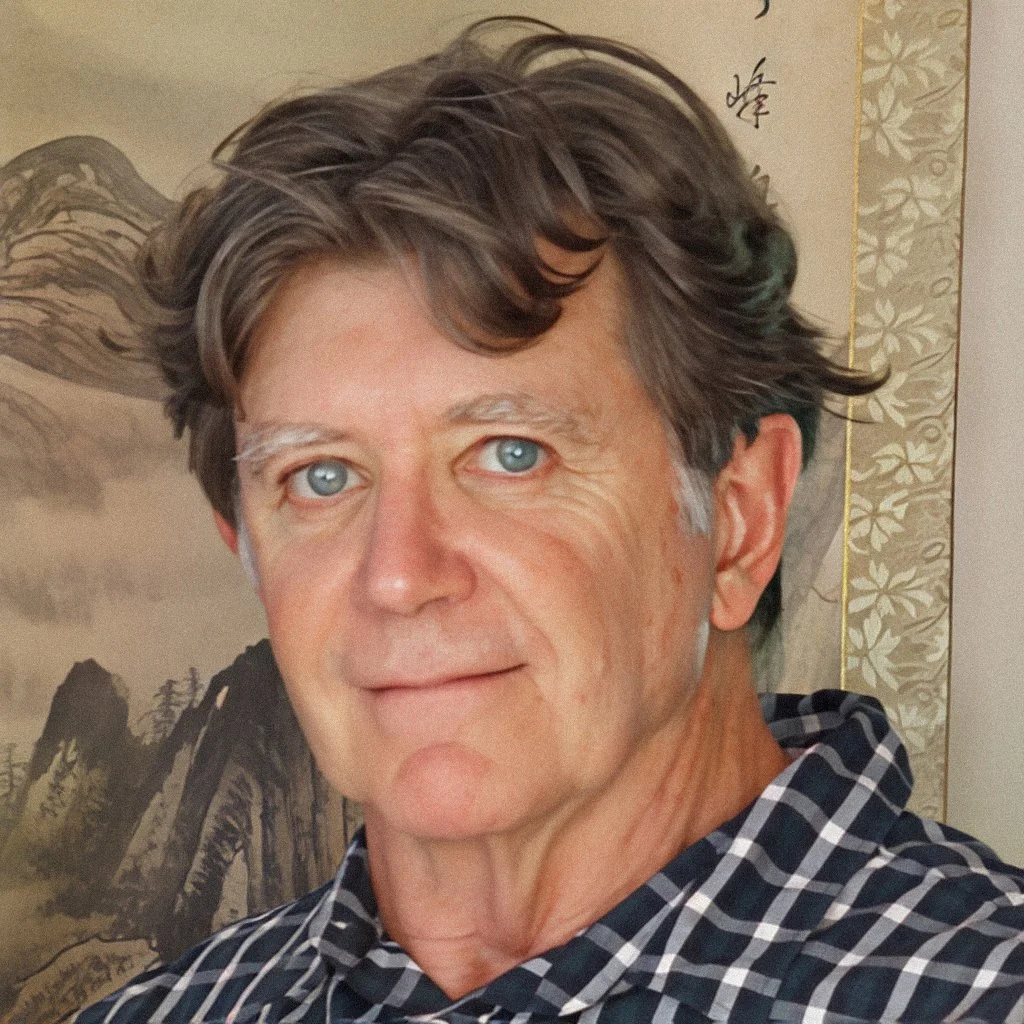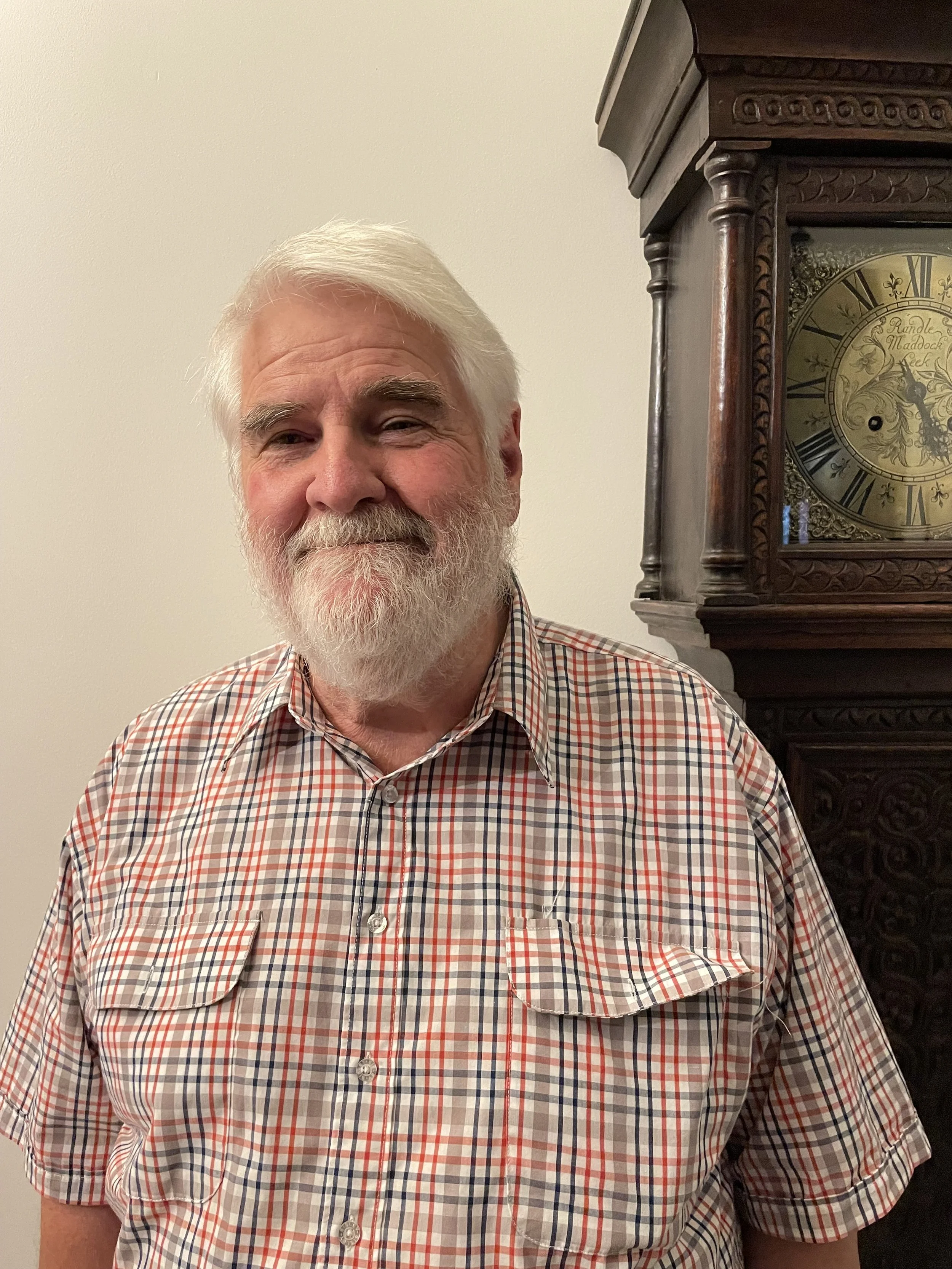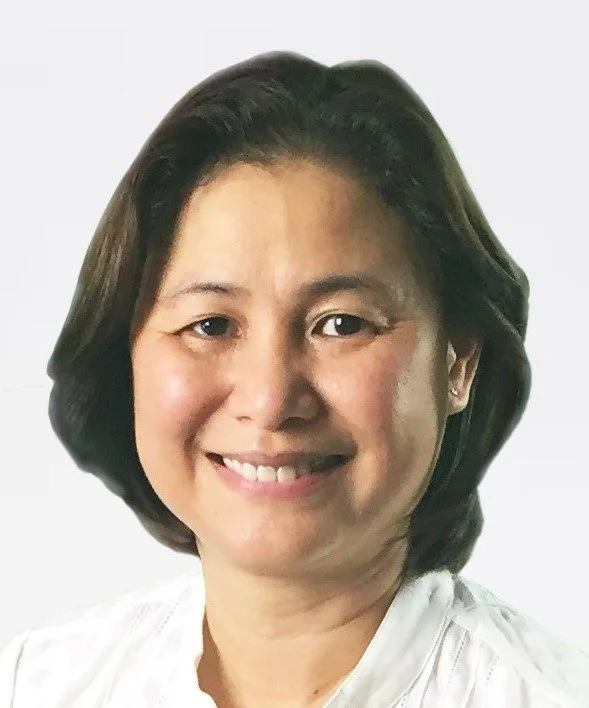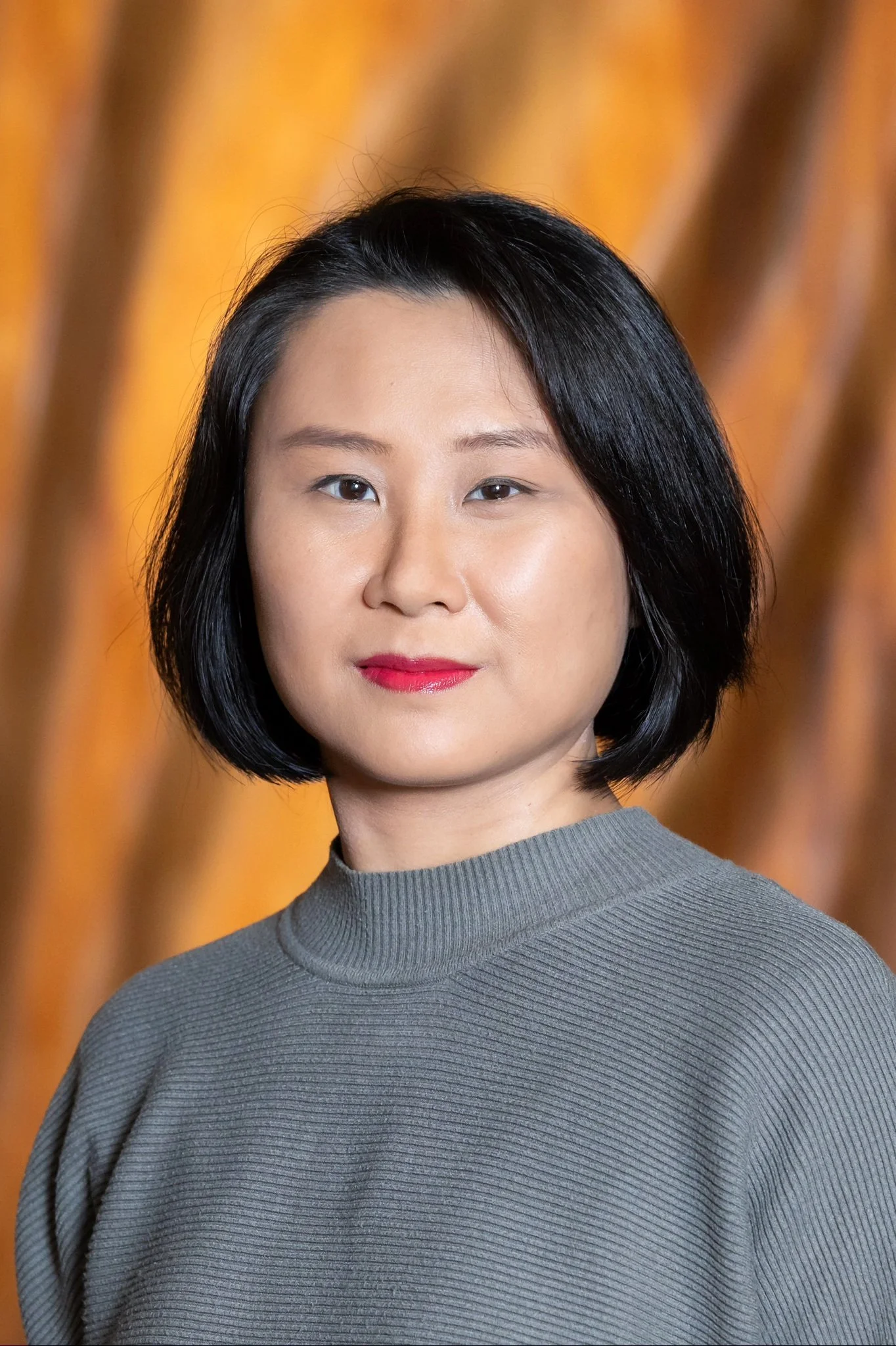ASRA 2025 Conference
Reflections on “Deadline 2025”
The Past, Present, and Future
Sydney, Gadigal Country and online
30-31 October 2025
Day 1
Thursday, 30 October 2025
Conference Registration
8:30
Welcome
9:15
Recovering the Unrecoverable Panel
9:45
Sebastian Gliga
Paul Scherrer Institute, Villigen, SwitzerlandGabriele Franzoso
Swiss National Sound Archives, Lugano, SwitzerlandPeter Alyea - tbc
Library of Congress, Washington D.C., USAChaired by Mick Newnham
Sebastian Gliga, Paul Scherrer Institute (Switzerland)
Play it again - Recovering analog audio from degraded tapes using a synchrotron x-rays.
The Magnetic Tape Alert Project has identified millions of audio and video tapes containing unique recordings that are in urgent need of digitization. About 30% of these tapes are suffering from degradation, which can prevent their digitization using conventional playback equipment, in which the play head is in physical contact with the mechanically tensioned tape. Compounding the issue, original hardware and spare parts are becoming significantly harder to find.
At the Swiss Light Source of the Paul Scherrer Institute in Switzerland, we use synchrotron X-rays to investigate magnetic materials. Based on X-ray spectroscopy, we are developing a unique non-destructive readout method for the recovery of audio signal from magnetic tapes using circularly polarized X-rays by exploiting the X-ray magnetic circular dichroism effect. Our method reads out the magnetic information stored on the tape without contact. This is in stark contrast to a play head, which touches the tape, placing it under mechanical stress. In addition, we digitize the raw signal, exactly as it is recorded on tape (magnetic signal). Whereas play heads sense the magnetic field (derivative of the magnetic signal stored on the tape), which needs to be processed by dedicated electronics to reconstruct the audio signal. Thus, our method preserves the tape mechanically, and extracts the raw audio signal before equalization. In collaboration with the Swiss National Sound Archives, we have established the possibility of reading out analog signals from ¼-inch tape. Furthermore, we successfully demonstrated signal recovery from artificially aged and damaged tape as well as from tape with sticky shed syndrome (without baking).
While proof-of-principle results will be presented for segments of ¼-inch tape, further development of the technique will allow the recovery of entire tapes with high resolution in various multitrack formats using the same equipment, eventually remediating the need for original readout equipment
Sebastian Gliga is a physicist at the Paul Scherrer Institute in Switzerland. He grew up in Canada and earned his PhD in Germany, working on nanomagnetism. He currently uses X-rays to study the magnetic properties of materials at the nanoscale — tens of thousands of times thinner than a human hair.
Sebastian’s passion for recorded audio was sparked by his mother, a musician, and is grounded in physics. He leads the development of an X-ray based technique to recover signals from magnetic tapes and collaborates closely with the Montreux Jazz Digital Project (Switzerland) and the British Film Institute (UK) on preservation efforts.Sebastian has held research positions at Argonne National Laboratory (USA), the Max Planck Institute (Germany), and ETH Zürich (Switzerland), and has published more than 65 peer-reviewed papers.Gabriele Franzoso, Swiss National Sound Archives (Lugano, Switzerland)
Retrieving lost sounds: Restoring information from defective Analog and Digital tapes.
For years, before analog tapes and after digital cassette like DAT, were used to record music. For a short time DATs were also implemented as archive media. Today we have to deal with some difficulties when reproducing these magnetics carriers and we are faced with different problems present like mold, layers glued together, tape wrinkled by a faulting mechanism and syndromes like high level of vinegar syndrome.
Is there a solution for recovering these recordings?
In this presentation, Gabriele will show you when he was able to fix the problem and when he wasn’t!
Gabriele Franzoso began his career as a repair technician for some of the most prominent audio brands. He later worked as an assistant audio engineer and maintenance technician at a renowned recording studio, while also occasionally serving as a live sound engineer. For a brief period, he was involved in electronic board design.
Since 2004, Franzoso has specialized in audio preservation, focusing on the repair and maintenance of audio machinery. His diverse background across studio, live, and technical domains informs his expertise in preserving and restoring historical audio equipment.
IRENE: Analyzing Images to Digitize Sound on Historic Audio Recordings
Peter Alyea, United States Library of Congress
The IRENE project is a collaboration between Lawrence Berkeley National Laboratory and the Library of Congress to develop imaging systems to capture and reconstruct sound from recordings with the signal cut, etched, drawn, etc. into or onto the audio media. With over 20 years of research and development, IRENE Systems that image in both 2D and 3D have been produced. Imaging in 2D is faster but acquires less signal information and can only reproduce audio from recordings with lateral motion. The 3D systems utilize a confocal probe that captures the full groove profile making it well suited for both vertically and laterally cut grooves. This technology has chiefly been used to preserve sound from highly fragile and degrading media, often on historic formats. Because the imaging capture process does not physically contact the grooves and the system can be configured to accommodate gentle mounting and movement of the media while being scanned, “irretrievable” recordings have been preserved utilizing this technology.
The process of imaging audio media does not introduce any ringing or harmonic distortion to the playback of the signal, which results in extremely flat representations of the signal far beyond human hearing. It is however very susceptible to the media’s roughness and any particulate matter that can’t be cleaned from the media, which then manifests as noise in the audio domain. Machine learning and AI training have been explored as a method to model the sound of stylus playback and reduce noise artifacts. The widespread development of AI powered tools for audio restoration are of particular interest to this project and are being explored and followed closely both for their usefulness in extracting sound from images and their impact on preservation practices enlarge.
Peter Alyea has worked at the United States Library of Congress for over 25 years, focusing on fundamental audio preservation issues. His research has addressed topics such as cleaning methods for audio media, signal retention on magnetic tape, and the mitigation of sticky shed syndrome, all aimed at developing best practices for the field.
He was a principal designer of the Audio Preservation Labs at the Packard Campus of the National Audio-Visual Conservation Center. As a founding member of the IRENE Project—a collaboration between Lawrence Berkeley National Laboratory and the Library of Congress—he has contributed to the development of optical technologies designed to rescue historic, fragile, and degrading audio recordings.
Utilizing optical metrology equipment, Alyea has played a key role in capturing sound from and preserving some of the earliest sound recordings ever produced. He holds degrees in Music Composition and Audio Technology.
Chaired by Mick Newnham
For over three decades Mick Newnham has been working with the preservation of audiovisual collections. From 1988 until his retirement in September 2017 Mick worked at the National Film and Sound Archive of Australia. Since retirement he has continued providing consultancy services in audiovisual preservation.
Mick has contributed to the technical working groups of ISO, SEAPAVAA, FIAF and AMIA, as well as consultancies for UNESCO, ASEAN and ICCROM.
In 2017 Mick was awarded a Lifetime Achievement Award by the Film Heritage Foundation (India) for his work, and in 2018 Mick was made a SEAPAVAA Fellow in recognition of his dedication to the development of audiovisual archiving in the SE Asia and Pacific Region.
Dr Virginia Madsen,ASRA member, Academic Faculty of Arts, Macquarie University
11:00
Between asylum and abyss: Artaud, the ABC and the return of the repressed archive?
This paper seeks to revisit traditions of radio performance and ‘features’ as they once flourished at the ABC throughout the 1970s, 80s and 90s. These traditions risk being almost entirely silenced or forgotten in the ABC’s history due in part to ongoing weaknesses associated with the current archive (NAA and ABC collections), including access restrictions and the limitations specifically of the metadata of the Radio Program Archive. Responding to the themes of this year’s conference, the sound archives of the ABC may well be endangered if they remain as analogue magnetic tape recordings, but if they cannot be easily located and re-sounded for researchers and wider publics, they risk another and just as decisive road to oblivion. By focusing on one program I produced independently for the ABC in 1996, and its sounding and silencings in the collection, I hope this presentation can offer a small opportunity to re-connect to the larger hidden history of ABC radio and its traditions of cultural and literary production which characterized the national network, now ABC RN, until the early 2000s, and yet are barely audible today. This presentation involves re-play and recital of Antonin Artaud’s infamous and censored work, ‘To have done with the judgement of god’ (recorded 1947 ORTF, France, first broadcast ORTF 1973), and the recounting of three distinct archival interventions (ORTF 1947/Farabet 1973; ABC, Madsen 1996; and Bandcamp, Madsen 2025) across time and continents. This recording’s history and presence in the ABC and NAA’s archives as a recovery and as an annotated broadcast of a work which still disturbs and even shocks audiences, is of great interest in and of itself, but here it might also alert us to the role played by the ABC as safe haven for material and artists, thinkers and performers that might be considered risky or radical – certainly unorthodox. This re-sounding of one ‘monster’ of a recording in the history of radio speaks to an obscured part of our national radio story; it also delivers that repressed and singular voice from the vaults, silenced but now freed to be encountered and comprehended anew, communicating with as much sense as non-sense
Dr Virginia Madsen is a senior lecturer in media, and former director of the Centre for Media History, Macquarie University. Prior to her academic career she was a founding producer of the ABC audio arts and performance program, The Listening Room. She has created a large body of diverse radio and sound works, including for new audio media platforms. She has published widely on sound culture, and public broadcasting, its forms and history. Current writing and book projects focus on the international expression of a documentary imagination in sound from early radio days to podcast, and a portrait of the cultural network and institution, ABC Radio National (informed by detailed archival and comparative research plus oral history interviews).
Recent chapter contributions appear in Listen Up! Radio Art in the USA (Transcript, 2025); Word, Sound & Music in Radio Drama (Brill, 2024); This is Channel Earth: One Hundred Years of Global Radio Play (Brill/Fink, 2024); Le désir de belle radio aujourd'hui (fiction, documentaire) (Presses Universitaires de Rennes, 2024).
Experience her sonic portrait/locative media Soundtrail for the town of Portland, NSW on site or via web (launched 2023): soundtrails.com.au/portland-nsw/
Profile: researchers.mq.edu.au/en/persons/virginia-madsen
Pete Kolomitsev - State Records of South Australia
11:30
When the National Film and Sound Archive published its Deadline 2025 discussion paper in 2017, chatter moved around Australian memory institutions. Some were well on the way to achieve the goal and were quietly confident. To others it was horrifying news and yet another thing to keep them awake at night. State Records of South Australia (SRSA) were definitely on the eyes-wide and white-knuckle end of that spectrum.
This paper will look at what it took to get SRSA from a position of blissful ignorance of Deadline 2025 to a full swing mass digitisation project of the permanent AV records across 23 government Agencies and over 7000 individual items, with the project slated to be completed right on the death knell of 2025.
This paper will explore the threads, from the early executive proposals and site visits to collection reviews and audits, pilot projects, procurement, triage and weeding, and finally rolling up the sleeves to pack boxes of AV material ready to be shipped off for digitisation. Finally looking at the next steps with the digital preservation of this precious asset
Who doesn’t love a deadline?
Pete Kolomitsev is the Deadline 2025 Project Manager State Records of South Australia and a member of the ASRA Board
Jeff Brownrigg
12:00
‘Stone Tapes’… and the Endurance of Voices, Visions and Spirits
Every so often strange theories arise to explain even stranger happenings. The world of logic and good sense sometimes become the victims of an urgent need to understand events that seem to have no foundation in contemporary science. This was certainly true at the National Film and Sound Archive in the later 1980s and the 1990s. Stress and anxiety in the workplace appeared to engender a haunting. The building, the old Institute of Anatomy, had since the 1930s and up to 1984 housed a large collection of bones and body parts and for a time it was Canberra’s morgue. Old photos showed galleries of skeletons and there was much more. Sir Colin Mackenzie (who established the Institute) had a serious interest in phrenology, which, by the mid part of the 20th century, had been largely abandoned. A skull said to be Ned Kelly’s was kept at the Institute and, it was said, the body of a well-known murder victim, the Pyjama Girl. All of that history generated a reputation and, perhaps, expectations that something of that past might linger in the place. In the early 1990s the Archive generated torchlight tours of heritage buildings, after dark. At the same time, I began to gather stories from all parts of the NFSA concerning apparently inexplicable things people had seen or heard…or felt. Marylin Dooley and I set up a special tour for those interested in the paranormal. We specialised in ‘voices that come to us across time’ and ‘flickering images of the past’. They were a huge success. And then, quite recently an account of the haunting of the British Museum (BM) in London seemed to have curious parallels with the Canberra experiences. The researcher seeking to collect and explain the ghosts there, spoke of the fabric of the building and the artefacts it contained, amounting to a form of ‘stone tape’; structures capable of preserving those voices and visions from the past. Was the NFSA suffering a residual effect left over from the Institute? Or was something else happening?
Dr Jeff Brownrigg is a cultural historian who has spent more than 60 years recovering and making accessible, the lives of vanished Australians. In 1971 he moved to the UK to pursue graduate studies. Returning to Australia in 1974 he spent several years developing curriculum to improve aural and visual literacy for young people. He began working at the National Film and Sound Archive (NFSA) in 1986. After 20-odd years at the NFSA in various roles - first as Head of Sound and Radio Collections and later, Head of Research and Academic Outreach - in 2005 he moved to the University of Canberra as an Adjunct Professor of Cultural Heritage Studies. More recently, he has worked in the Australian Studies Institute (ANU) where the research goes on.
Recent books include: Anzac Cove to Hollywood (2010), Heaven Earth and Canberra: Shakespeare and the Ghosts of Australia’s National Film and Sound Archive (2021), On Behalf of the People of Ireland (2022).
The State of Sound Archives in State Libraries 2025 Panel
1:30
Andrea Hensing-Matto (Chair)
State Library of South AustraliaKatie Flack
State Library of VictoriaDamien Cassidy
State Library of New South Wales, ASRA
Farah Kabbani
State Library of Western Australia
Alexander Laird
Libraries TasmaniaSwee Cheng Wong
State Library of Queensland
This panel will explore the current landscape of audio digitisation within cultural institutions, using 2025 as a milestone for reflection and forward planning. We’ll begin by examining the percentage of audio collections that have been digitised to date, and how this compares to total holdings—highlighting the balance between published and unpublished materials.
Panellists will discuss the technical and logistical challenges posed by legacy magnetic formats and share insights into which formats have proven most difficult to digitise and why. We’ll also look at the status of ongoing digitisation efforts, including what remains to be done and the key barriers—whether financial, technical, or resourcing.
Beyond digitisation, the conversation will turn to digital preservation strategies: what systems and repositories are being used to ensure long-term access, and how institutions are managing the resource demands of ingest over time. We’ll consider how audiovisual preservation is being balanced against other institutional priorities.
Through case studies and shared experiences, the panel will reflect on both successes and challenges, offering practical insights and lessons learned. Finally, we’ll look ahead to post-2025 priorities, inviting discussion on future directions, collaborations, and innovations in audiovisual preservation.
Andrea Hensing-Matto is an experienced audio engineer with over 21 years in the field, including more than a decade dedicated to audiovisual preservation and digitisation at the State Library of South Australia (SLSA). Currently serving as the AV Preservation Coordinator, Andrea plays a key role in leading preservation strategies and workflows, with a strong focus on the national Deadline 2025 initiative—an enduring priority throughout her time at SLSA. Prior to joining the library sector, Andrea spent 10 years as a broadcast engineer and content maker for ABC’s national radio networks in Adelaide, bringing a deep understanding of audio production and technical standards to her current role.
Katie Flack is a passionate advocate for improving access to vulnerable library collections. At State Library Victoria, she currently manages the description of the Manuscript and Picture Collections, with a strong focus on preservation and discoverability. From 2018 to 2019, Katie led the Library’s Legacy Data Project, which addressed access barriers to uncatalogued materials through streamlined metadata workflows. Her work has spanned collection research, acquisition, and public engagement, and she has overseen the digitisation of more than 1,800 unique audio-visual recordings from the Library's Manuscripts Collection. Katie brings deep insight into the challenges and opportunities of digitising legacy audio-visual formats. As a practising historian, Katie recognises the deep value of preserving original sources for the future.
Damien Cassidy is Digital Media Technical Analyst at the State Library of NSW supporting audiovisual collections. With a career spanning back to the early '90s, he has held roles at the National Archives of Australia and the National Film and Sound Archive, and remembers when digitisation was still just a curious concept. Damien is also a musician, recording and performing for both adults and children and he is the current President of ASRA.
Farah Kabbani is the Digitisation Project Manager for the State Library of Western Australia’s At-Risk Audio-Visual Digitisation Project. In 2022, the State Library received $5.385 million from the State Government’s Digital Capability Fund for a multi-year project to digitise and preserve its significant at-risk audio-visual collections, enhance online discovery and access, and unlock thousands of items that depict people, places and events unique to Western Australia.
Swee Cheng Wong is with the State Library of Queensland. She has worked with the motion picture film, video; audio and born digital audiovisual collections in State Library for over a decade. Prior to the State Library, she was working with government film collections at the Queensland State Archives.
Alexander Laird is the Digital Preservation and Digitisation Lead for the Tasmania Archives and Special Collections. He previously worked at MONA as the Time-Based Art Production and Preservation Coordinator.
Rahnee Alvarez, Australian Broadcasting Corporation
3:00
As Deadline 2025 approached, mass digitisation swept through collecting institutions—ABC included. Over four years, ABC completed three major projects, digitising over 210,000 audio, film, and video items, prioritising at-risk formats to preserve diverse Australian voices and histories.
Digitisation not only preserved content but transformed access, enabling ABC creators to discover, reuse, and self-serve archival material like never before.
With 2025 now here, funding is limited, and parts of the collection remain undigitised. To guide next steps, ABC conducted a detailed analysis of its video holdings, aligning item-level records with selection policies and shifting from broad format-based approaches to a targeted, data-driven strategy.
While developed for video, this approach is applicable across other formats and offers a scalable model for post-deadline digitisation—where resources are tight, and strategic decision-making is critical.Shaping a Sustainable Path Beyond the Mass Digitisation Push
Rahnee Alvarez is the Digitisation and Preservation Manager at ABC Archives. She has worked in the archiving sector for 30 years, including roles at the NAA and the NFSA. Rahnee has spearheaded significant projects focused on digitising and safeguarding fragile audiovisual materials. A passionate advocate for clear metadata, thoughtful selection policies, and the indispensable role of archivists, she champions these as essential to the long-term preservation and integrity of collections.
Cynthia Wu, Joshua Ng & Zak Argabrite, Archives New Zealand and National Library of New Zealand
3:30
Delve into the challenges and impacts of Utaina, a multi-year collaborative digitisation project with the goal of preserving Aotearoa’s at-risk audiovisual taonga. The project has digitised over 70,000 audiovisual materials and made them virtually accessible by the National Library and Archives New Zealand. Many items that have been digitised are culturally significant and were previously inaccessible to researchers elsewhere. For example, most of the music research requests through Te Puna Mātauranga o Aotearoa’s Virtual Reading Room (VRR) have been Pasifika music distributed on small labels in the 1970-90s such as Samoa Daystar Records, Polynesian Records, and Vision Recording Studio. These requests primarily come from researchers and families reconnecting with the music of their parents or grandparents. In most cases, the VRR provides the only copy these researchers can find on the internet. Our presentation will share how digitisation has preserved the content stored on at-risk items and reduced barriers to accessing them.
Utaina: Preserving Voices, Connecting Communities
Cynthia Wu was the Audiovisual Digitisation Leader at the National Library of New Zealand, where she led a team of subject matter experts across National Library and Archives to digitise and preserve their audiovisual collections and holdings under the Utaina project. She is now the Team Leader Digital Preservation Operations, leading a team of specialists responsible for preservation systems, workflows, and infrastructure, and overseeing the operational delivery of digital preservation services across the National Library and Archives New Zealand.
Zak Argabrite is an audio engineer and researcher currently working as Senior Logistics Coordinator for the Kia Rite Project at Archives New Zealand. He acted as the Logistics Coordinator for the Utaina Project where he was responsible for overseeing the inventory movement and location control of AV items in scope for digitisation at the National Library of New Zealand and Archives New Zealand. Originally from Kentucky, Zak moved from NYC to New Zealand to pursue a PhD, which he completed in 2023. He is also an active musician and enjoys repairing and modifying audiovisual equipment in his spare time.
Joshua Ng is a Digital Preservation Analyst at the Archives New Zealand and National Library of New Zealand. He specialises in audiovisual preservation workflows, infrastructure, and metadata. In Utaina, he informed procurement, designed digitisation, quality control (QC), validation processes, and the preservation of 70,000 at-risk audiovisual magnetic media.
Craig Field, National Archive of Australia
4:00
Beyond the Deadline: Repairing, Rebuilding, and Reimagining Analogue Audio Preservation
This session critically examines the post-Deadline 2025 landscape, focusing on the obsolescence and operational fragility of legacy analogue audio equipment. The presentation addresses the compounded challenges of sustaining ageing infrastructure—namely, the scarcity of replacement components, the diminishing pool of skilled technicians, and the increasing cost of maintenance. In response, it explores how contemporary engineering solutions, including bespoke hardware designs and reformulated chemical treatments, are being integrated into archival workflows to extend format viability and improve preservation fidelity.
Craig Field is an Australian audio engineer, studio owner, and archivist known for his deep expertise in high-fidelity recording and preservation of analogue audio formats. With over two decades of experience, Craig began his career at The Pavilion Studios in Bondi before founding Underwood Studio in the Blue Mountains in 2010, and later Elkwood Studio in 2022. In his current role as Senior Audio Digital Preservation Officer at the NAA he supports the digitisation and preservation of Australia’s audio heritage.
